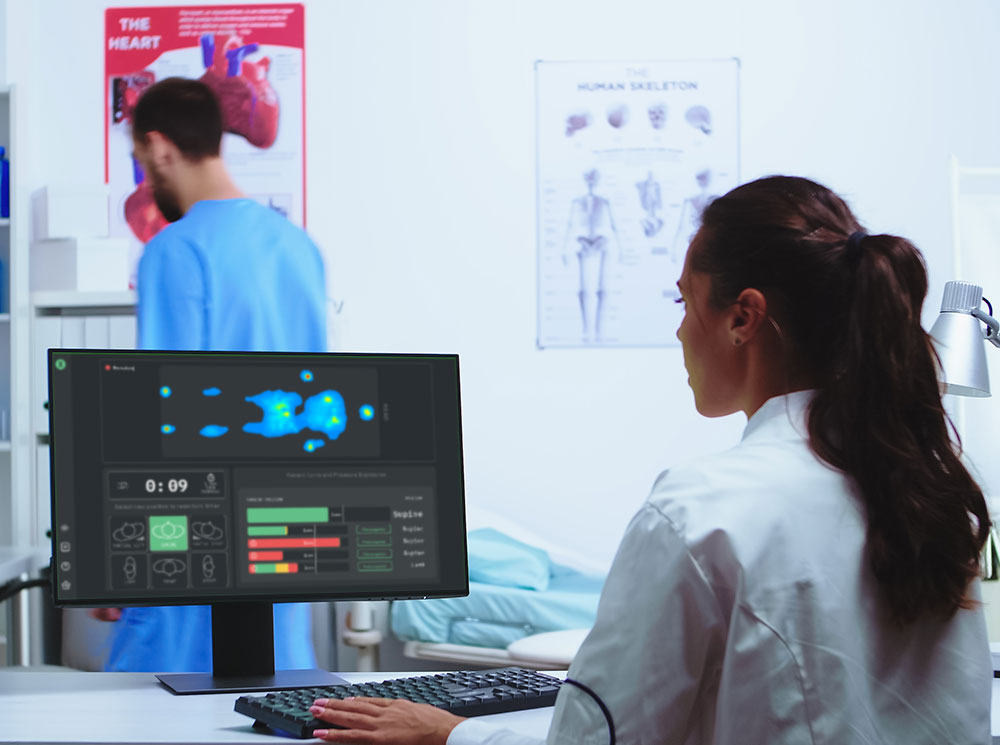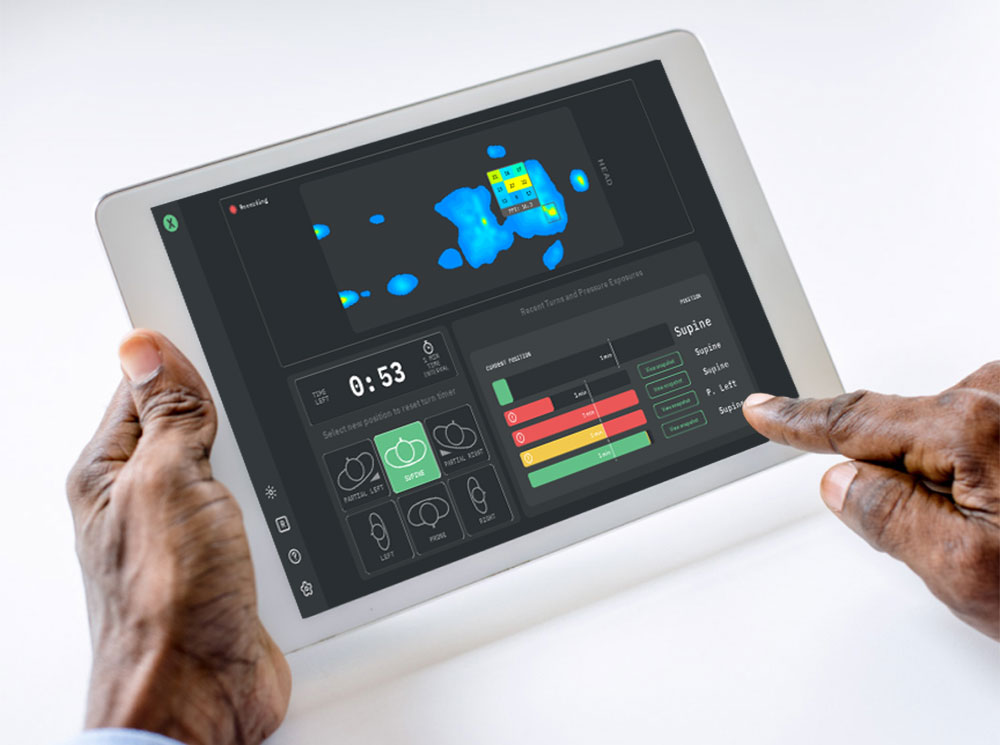ForeSite® Intelligent Surface Mattress System
The sensor-based system to improve patient safety and staff workload productivity is available for clinical evaluations and trials.
XSENSOR Technology has introduced its award-winning AI-powered ForeSite® Intelligent Surface (IS) mattress solution that allows clinicians to improve patient safety, individualize care, and reduce staff workload.
Clinicians lack the data needed to understand individual patient risk and see the precise location of elevated pressures. As a result, there is no way to confirm that patient repositioning has been effective in redistributing pressure and prioritize care based on individual need.
The ForeSite IS system can continuously monitor skin risk and pressure with a sensor-based mattress or overlay, both available with integrated microclimate. It can also help identify highest-risk patients and body regions using real-time, detailed image visualizations and alerting, as well as track individualized patient turn plans at the bedside and nursing station.

Lead in patient safety.
- Continuously monitor skin risk and pressure with a mattress system or enhance existing mattresses with an overlay.
- Validate patient repositioning has effectively redistributed pressures and reduce the risk of injury with real-time pressure images.
- Redistribute pressure with an advanced redistribution surface. Manage moisture with an optional microclimate.

Improve staff workload productivity.
- Identify highest-risk patients and body regions using detailed image visualizations.
- Confirm effective prevention and improve healing management.
- Ensure compliance with turn guidelines.
- Support continuous improvement and research with aggregate reporting.

Individualize patient care with AI/ML.
- Track individualized patient turn plans at the bedside and nursing station.
- Use display pressure markers to clearly identify areas of the body that have been under sustained pressure.
- Optimize patient turning regimens based on past anonymized HIPAA-compliant data.
